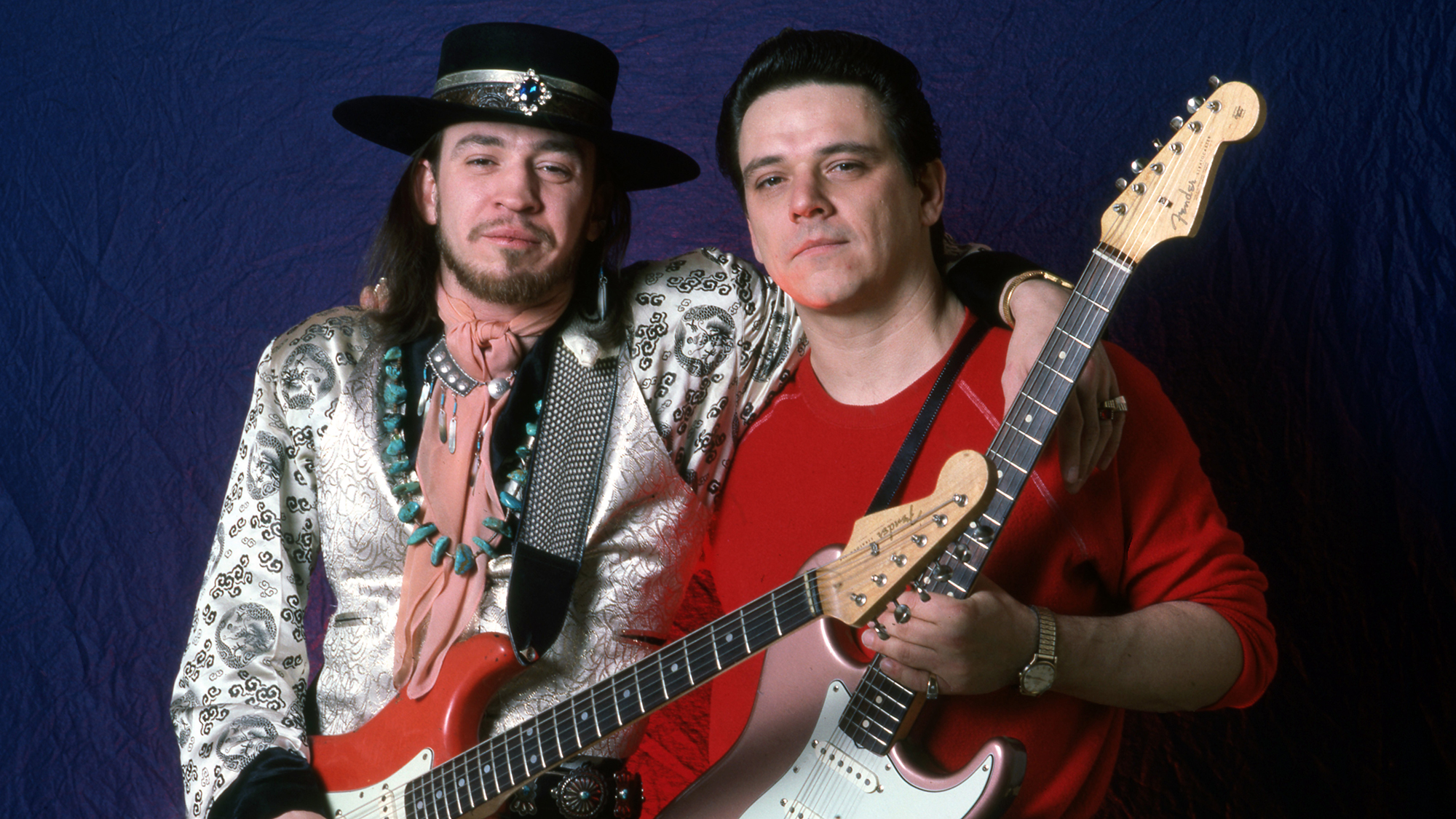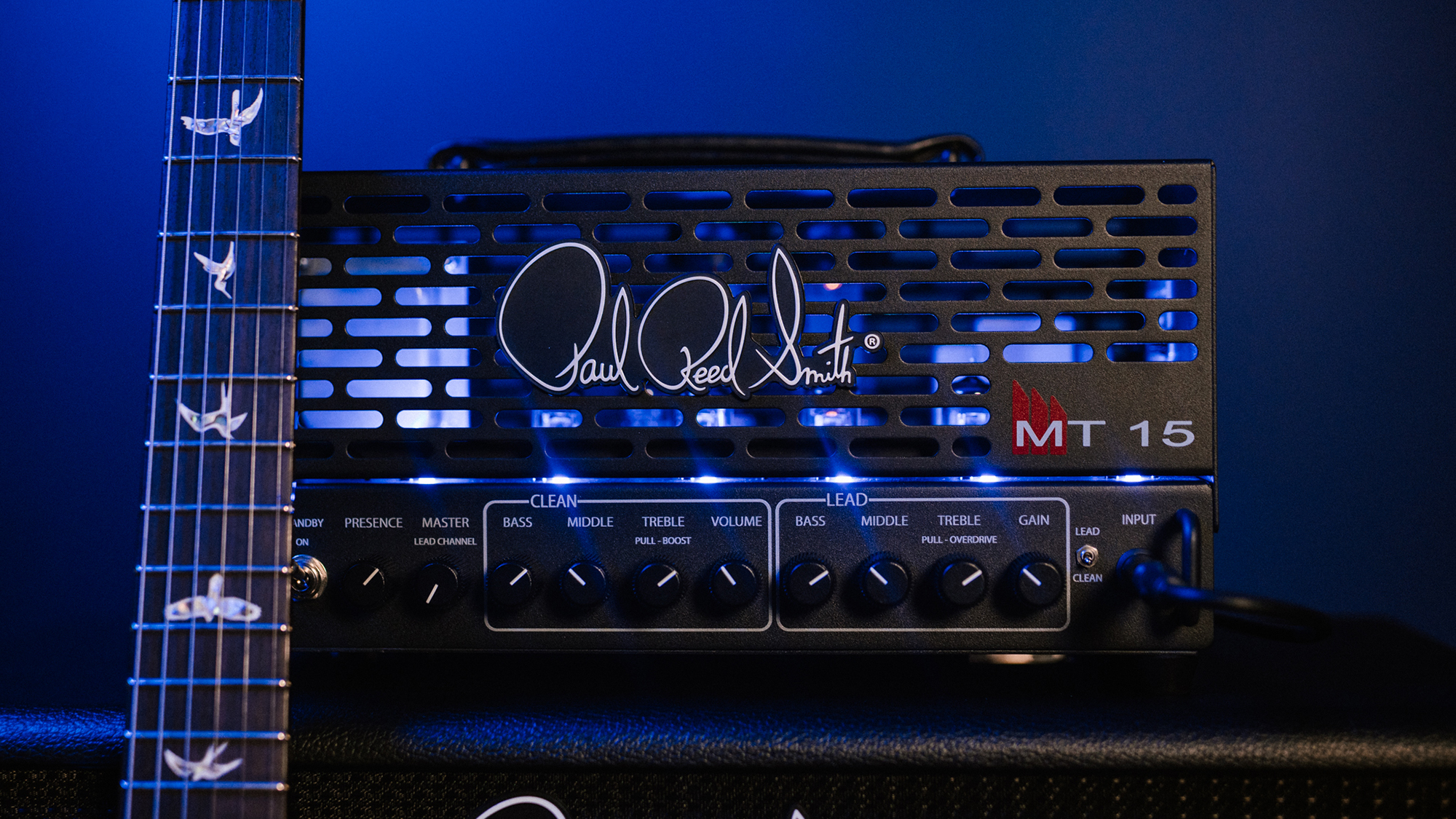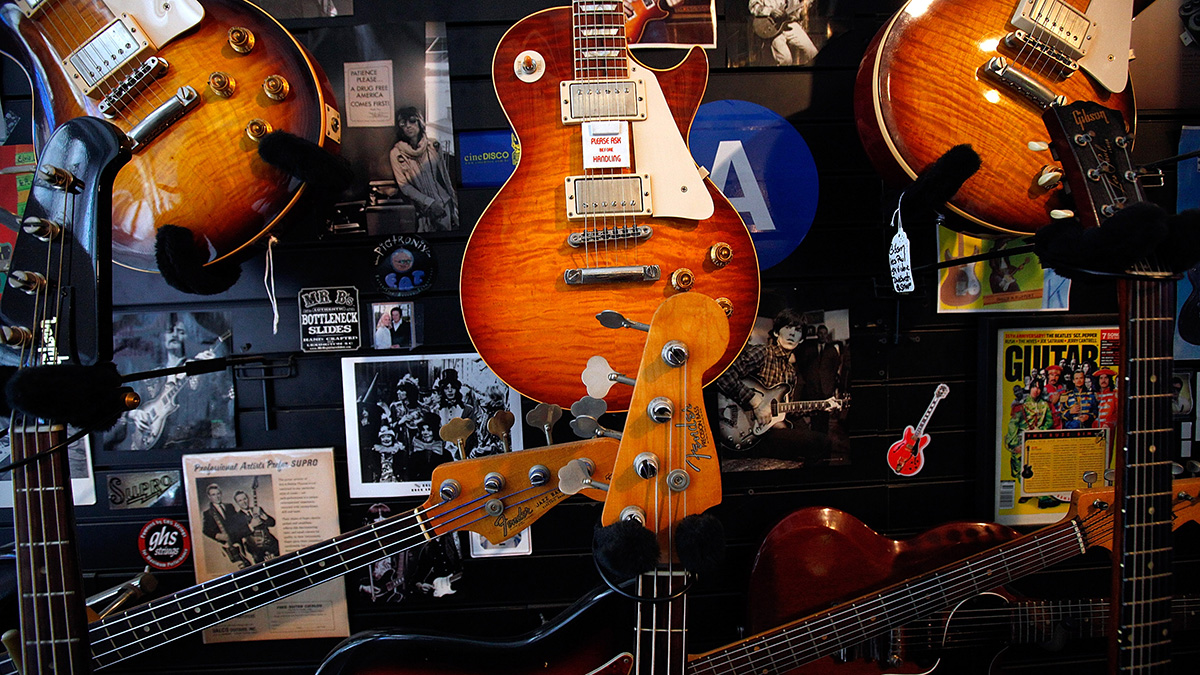Fender Japan resurrects the Squier Katana for Hama Okamoto’s super-jagged signature bass
The brand has once again dived into the history books for its latest creation and revived the short-lived Katana model, which originally emerged in 1985
We all know the score: Fender Japan makes some seriously cool guitars. And, unless you’ve been living under a rock these past few months, the Big F’s Asian branch has been on a scalding, red-hot streak of producing some of its most intriguing instruments ever.
If you thought it was done for the year, you’d be sorely mistaken, for Fender Japan has released another signature instrument, this time for bass guitar phenom Hama Okamoto.
And, just like their previous two releases – the Super-Sonic and the Swinger – Fender Japan has once again ruffled through the pages of its history book to revive yet another long-lost model: the Katana bass.
The signature model is based on Okamoto’s own Katana – a model that was originally introduced as a Squier offering in 1985. His signature, as you’d expect, takes the original mould one step further, slapping the Fender logo onto the headstock, treating it to sweet finishes and loading it with some sounds-as-good-as-it-looks appointments.
For specs, the jagged-edged four-string features a basswood body, bolt-on U-shape maple neck and a 20-fret rosewood fingerboard. It also boasts a smaller 32” scale length, as well as a 7.25” fretboard radius.
In the hardware department, the Katana contains a four-saddle vintage-style bridge with a cover plate, vintage-style tuning machines, knurled flat-top control knobs and a one-ply Eggshell pickguard.
As for electronics, a Pure Vintage ‘63 Precision Bass pickup – selected for its thick, chewy tone – is dictated by a control layout comprising a master volume and tone control.
Get The Pick Newsletter
All the latest guitar news, interviews, lessons, reviews, deals and more, direct to your inbox!
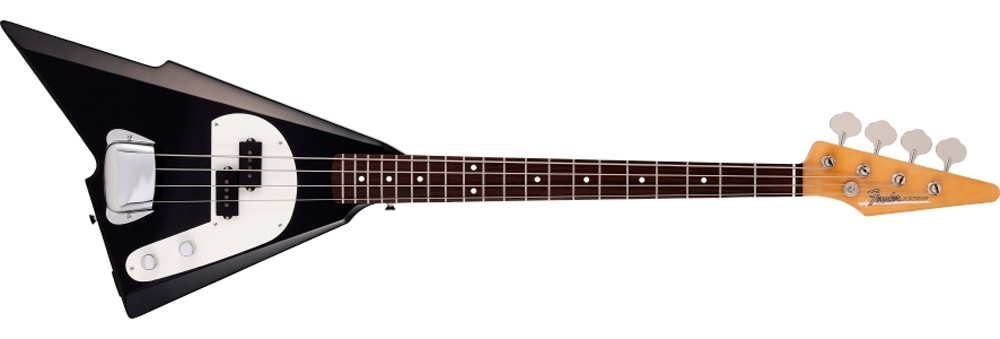
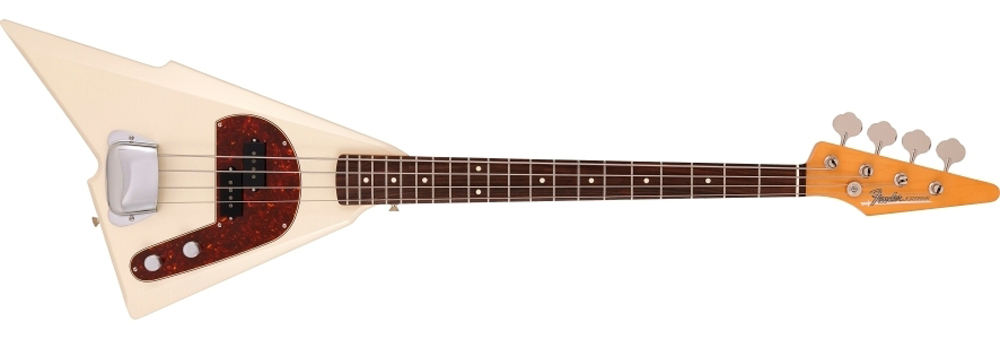
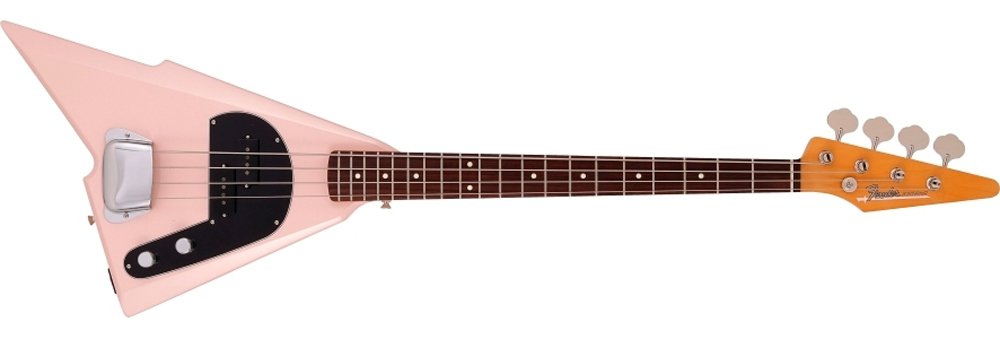
Of his new axe, Okamoto said, “My first encounter with the Katana Bass goes back to when I was still in junior high or senior high. That’s the first time I saw it in a brochure.
“There is so much skill in this creation that I would not have been drawn to it without those details,” he added. “What’s most interesting about an instrument is its appearance, or the atmosphere it projects.
“I thought it would be quite interesting if this model was released as a signature model. I think it is very fascinating to see a model that, after decades of hidden history, is being produced and sold again in Japan today.”
To find out more, head over to Fender Japan.
If the Katana has tickled your fancy for more Fender Japan action, take a look at the brand’s previous offerings, which include Kenji Hino’s ultra-cool Jazz Bass, Miyavi’s absurdly insane Telecaster and the Heather Brown-designed Esquire.

Matt is the GuitarWorld.com News Editor. He has a Masters in the guitar, a degree in history, and has spent the last 16 years playing everything from blues and jazz to indie and pop. When he’s not combining his passion for writing and music during his day job, Matt records for a number of UK-based bands and songwriters as a session musician.
“An esoteric boutique vibe, superb ergonomics and a powerful, unique preamp – Tobias is back”: Tobias Growler IV review
“Affordable versions of the three best basses I've ever held in my hands”: Sterling by Music Man completes its trilogy of Joe Dart signature models with a trio of made-to-order basses that cost less than $500


